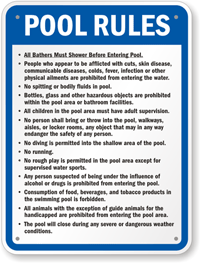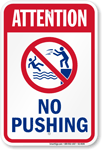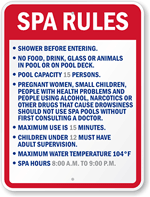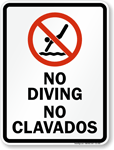Who should be restricted from pools and water parks?
Britain’s equality watchdog recently warned that it’s illegal for a British school to ban an 80-year-old swimmer because he “swims so slowly that he will get in the way of other pool users.” Aside from the obvious reasons such policies are unacceptable, they raise thorny questions about safety versus discrimination, especially when the question is something other than age.
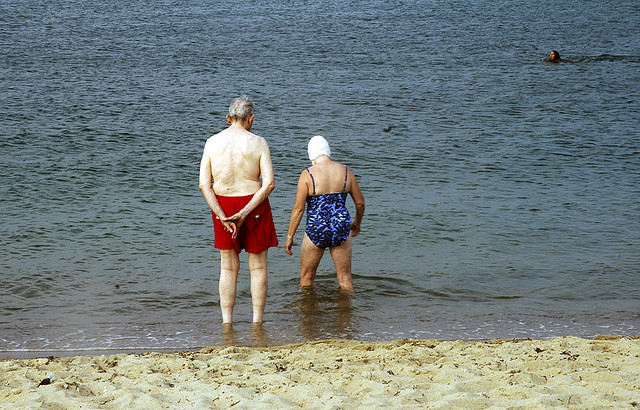
From Jon Feinstein.
Let’s first take a look at the question of age. Just how old does a person have to be before they aren’t allowed in a pool? So far, it seems that question hasn’t been raised in the United States. Historically, pool managers have left that question up to patrons themselves. Many pools encourage senior swimming, providing special times for them to swim. Smart move, given that the elderly are a major swimming demographic. The U.S. Masters Swimming organizations claims more than 60,000 members, and that doesn’t include the thousands of seniors who take to the waters for exercise and rejuvenation.
In fact, while swimming is one of the best exercises for all people, it’s especially good for the elderly. Studies have shown it can:
- Lower cholesterol
- Help fight off type 2 diabetes
- Reduce stress
- Ease arthritis and joint pain
- Keep weight off
- Increase flexibility
Another study shows that swimmers have a 50 percent lower death rate than nonswimmers. In other words, the longer you swim, the longer you live.
So seniors not only have right to be in the pool — they should be in it.
But what about another growing demographic that’s increasingly demanding equality: the obese? At pools, there’s little reason to ban anyone for weight. The same health benefits await the overweight.
When it comes to waterparks, however, the matter becomes more, well, weighty. That’s because most waterpark rides are designed within strict safety tolerances that include weight. People who are too heavy can — and do — put themselves and others at risk for injury. Today, as rides become more elaborate and thrilling, waterparks are being forced to enforce weight limits more strictly than before.
Single rides are one thing, but many of today’s rides are so-called raft rides, meaning they can accommodate two or more people at the same time. This puts ride operators in the enviable position of having to guesstimate whether a group meets the weight restrictions, which can lead to controversy — and accidents.
As the nation collectively battles its weight gain — and simultaneously ages — this issue will become more serious. Ironically, the solution to this problem is the same one for seniors: Regular swimming.
Category: Safety



